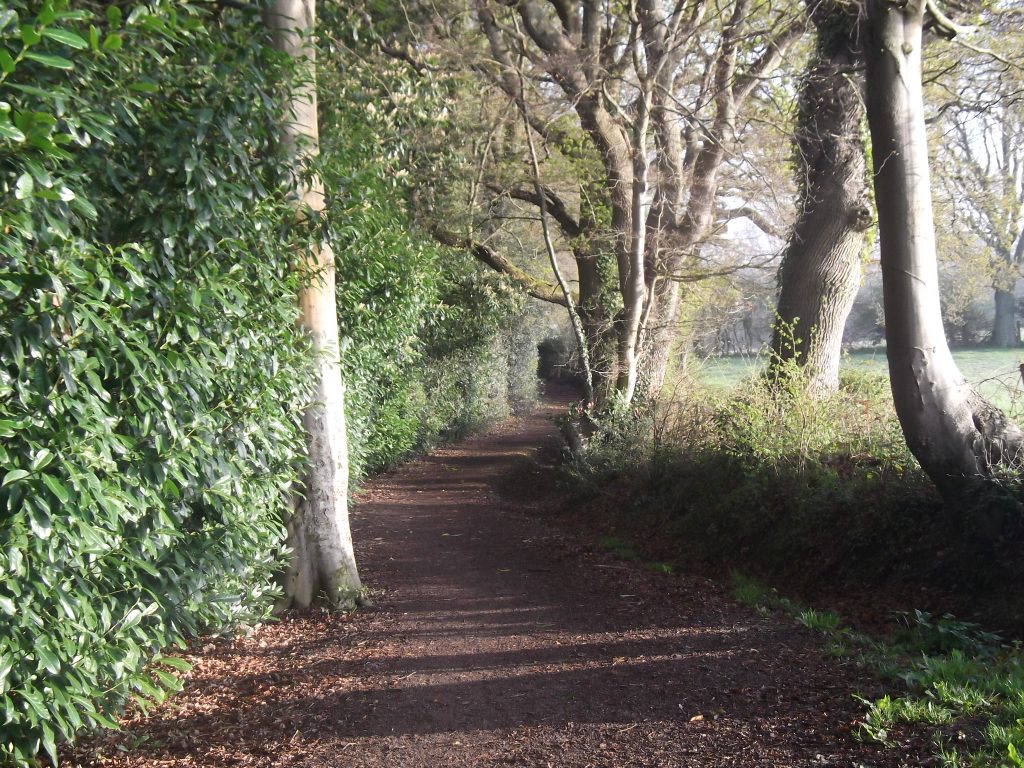It’s no secret that I’m into historical stuff. My mind often drifts that way, as it did when I was thinking about what to write in this blog. For me, the act of being in a place that resonates the past really fires the imagination. My daily commute to work involves a walk down a 10th century drove road, with a ‘magan’ (a bank and ditch marking a Saxon parish boundary) on one side, and an ancient semi-natural woodland on the other. I find it amazing to think that the first humans to walk the route which I walk were 44 generations before my own. In theory, it could have been my Great X 41 Grandfather who originally set out the track. My walk to work is tranquil, and at the same time it fires all of the senses. It’s a start, and an end to my working day which is beyond valuable. There’s something about it which is simply magical.

As a landscape architect I am in awe of places which invoke so much sentiment. In fact, I’d go as far as to say that no design can match the intangible depth of history, and I have to admit that as a designer I can’t compete. However, landscape architecture isn’t just about design. I was recently walking in the Royal Forest of Bere – another ancient semi-natural woodland near my home. Reminded that landscape architects are custodians of the landscape, it occurred to me that that might mean creating interventions befitting of the modern era, or it might equally mean looking after interventions from a bygone time.
As a designer, I don’t just look to the future – I like to keep one eye on the past. In the future my modern-day interventions will be considered as just another stitch in the ever-growing tapestry of history. Everywhere you look there is another thread in that tapestry – and each one tells a story. Some threads are short-lived – others have weaved from a point way back in history, and will go on into the future. Looking to the example of past interventions can help us consider how effective our proposed interventions might be.
This is why it is important for landscape architects to be skilled not only in design, but also in the practices of managing the land. There are some places where design is not the priority – if it denies us an ancient landscape that has much to teach. If I were asked to design a modern-day intervention for an ancient setting, I would make sure that my design respected the pre-existing threads in the tapestry of history. Moreover, as landscape architects we sometimes have the privilege of inheriting a weave started before us, and seeing it continues into the future.